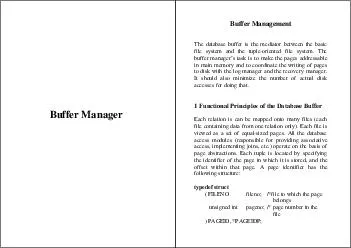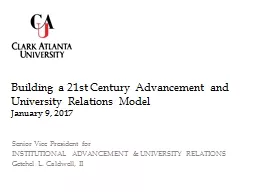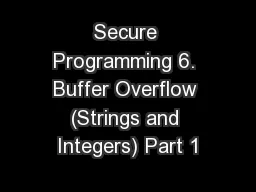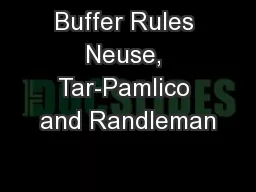PPT-Advancement of Buffer Management Research and Development i
Author : briana-ranney | Published Date : 2016-12-08
Xiaodong Zhang The Ohio State University Numbers Everyone Should Know Jeff Dean Google L1 cache reference 05 ns Branch mispredict 5 ns
Presentation Embed Code
Download Presentation
Download Presentation The PPT/PDF document "Advancement of Buffer Management Researc..." is the property of its rightful owner. Permission is granted to download and print the materials on this website for personal, non-commercial use only, and to display it on your personal computer provided you do not modify the materials and that you retain all copyright notices contained in the materials. By downloading content from our website, you accept the terms of this agreement.
Advancement of Buffer Management Research and Development i: Transcript
Download Rules Of Document
"Advancement of Buffer Management Research and Development i"The content belongs to its owner. You may download and print it for personal use, without modification, and keep all copyright notices. By downloading, you agree to these terms.
Related Documents














